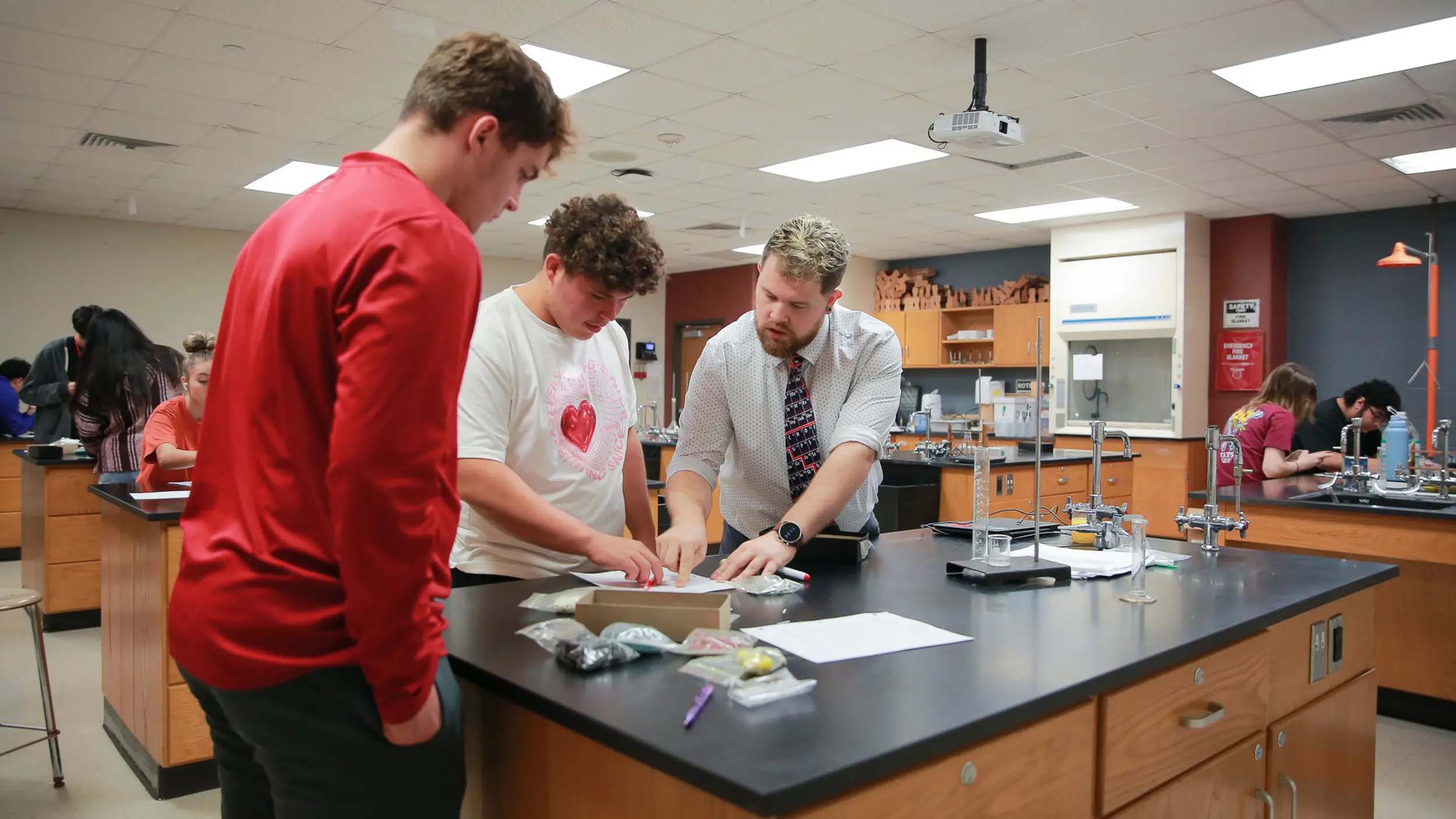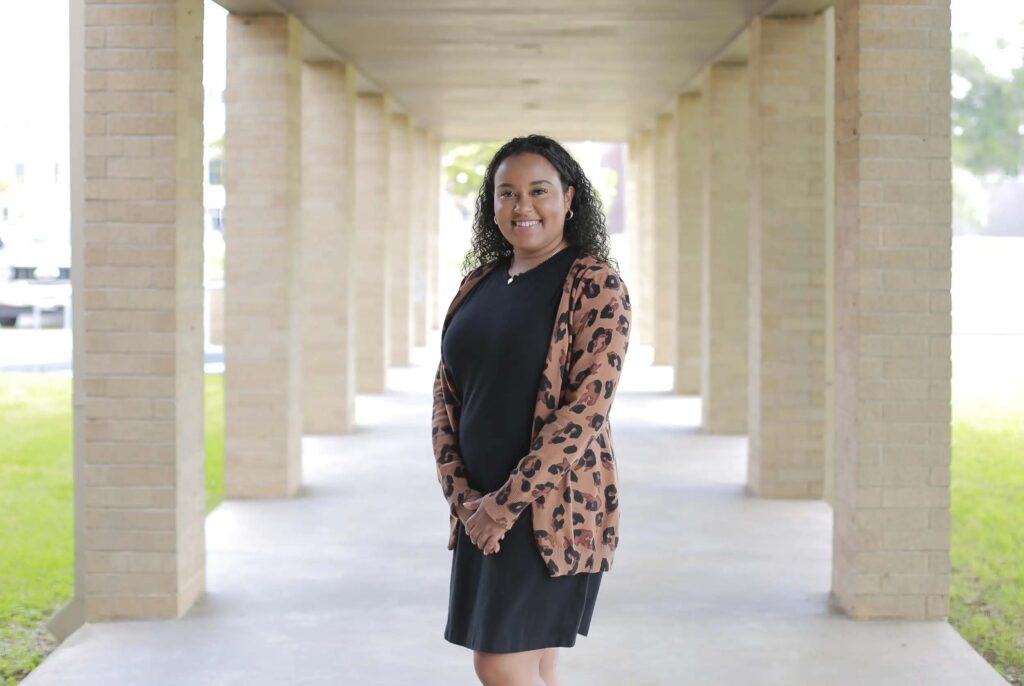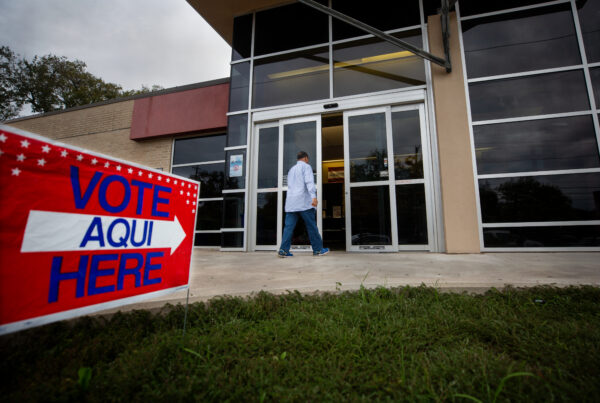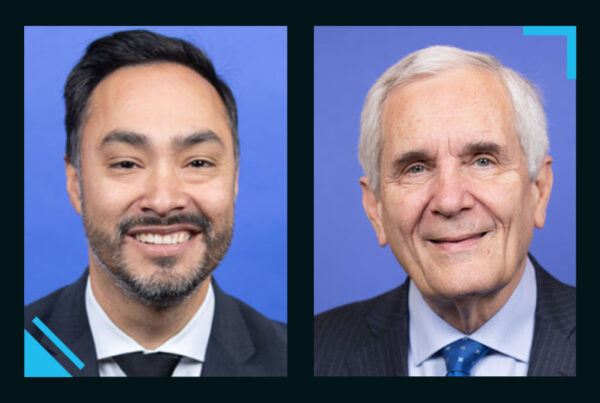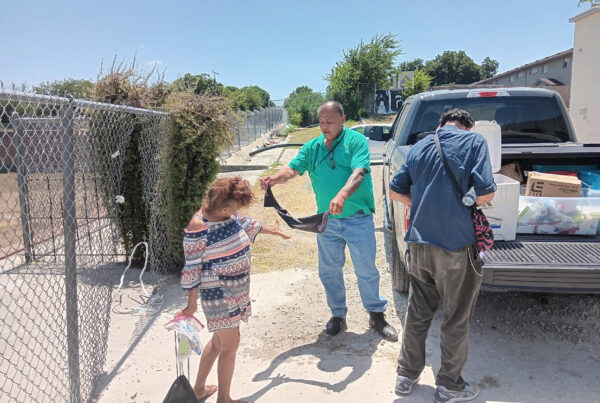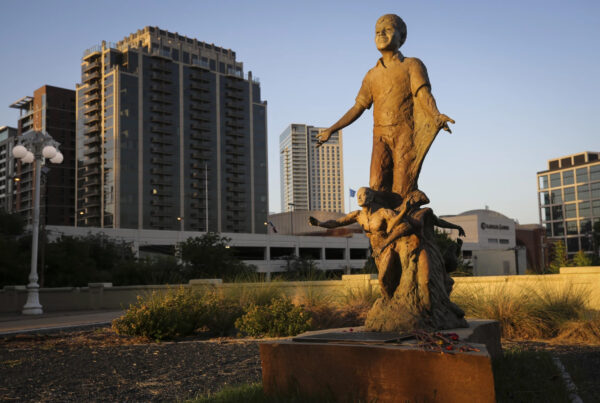From The Texas Tribune:
The Brazosport Independent School District is always in need of more teachers — and for a long time, it wasn’t able to find enough.
Located about 60 miles south of Houston, the 11,500-student district doesn’t have a big college of education nearby to churn out new teachers. It’s hard to compete with larger districts in the region for talent or convince educators to move to the small town of Clute, where Brazosport ISD is based. Over time, classroom sizes grew as vacancies stayed open.
That’s why the district created its own pipeline. Last August, it launched a unique “teacher apprenticeship” program that allows aspiring teachers to earn a bachelor’s degree and teacher certification — at no cost. In return, the teachers have to work in the district for at least three years. The plan includes a paid residency program in which apprentices are paired with a teacher mentor and work with them in a classroom for a full school year.
“When the first bell rings for Brazosport ISD next [school] year for these folks, they’re going to be considered a rookie, but they’re not a rookie. We say it’s not Day 1. It’s actually Day 181 for our teacher residents,” said Becky Hampton, a senior education specialist working with the district.
Public education advocates are following the program with high hopes, believing it could become a blueprint for other Texas districts as they look for ways to stem the state’s critical teacher shortage.
Kristi Kirschner, chief human resource officer at Brazosport ISD, said the program started with 67 apprentices ranging from high school students with less than 30 college hours to participants with bachelor’s degrees.
Twenty-five teachers graduated from the program in time for the upcoming school year. Without these homegrown teachers, the district would have had to hire close to 60 teachers — now it needs to find just 35 more.
“It’s something we smile about often,” Hampton said.
About 42% of those participating in the program this past school year were already district employees like warehouse workers or teacher aides. Apprentices are paid anywhere between $19,000 to $30,000 a year — depending on how far along they are in the program — and have their college tuition and fees paid for as a result of a partnership with Brazosport College and Inspire Texas, a teacher certification program. All of the participants are from the area.
The district loses nearly 130 teachers at the end of every school year and has a hard time staffing bilingual and special education teachers. But with this apprenticeship program, Kirschner said the district can train new teachers to fill roles that have been historically hard to staff.
There are several other residency programs across the state, but most are partnerships between districts and universities in which students work in a classroom only during their last semester or year of college. What makes the Brazosport ISD program unique is that high school students can start the process of becoming teachers while still in school and, in some cases, it can be much more affordable than earning a four-year college degree.
Texas’ teacher shortage crisis
Teacher preparation has been in the spotlight since last year as Texas looks for better ways to recruit and retain educators.
Texas has struggled to retain teachers year after year, and it got worse after the pandemic. Health and safety were top concerns for teachers, and their salaries largely stagnated while basic necessities got more expensive. More kids are in each school classroom as a result; in some cases, children are spending days without a teacher.
A task force formed last year by Gov. Greg Abbott to study the root causes of the state’s teacher shortage recommended that the state fund programs like the one Brazosport ISD is running.
“Research shows that teacher residency models increase teacher retention, effectively place teachers in hard-to-staff areas, and positively impact student outcomes,” the task force report said.
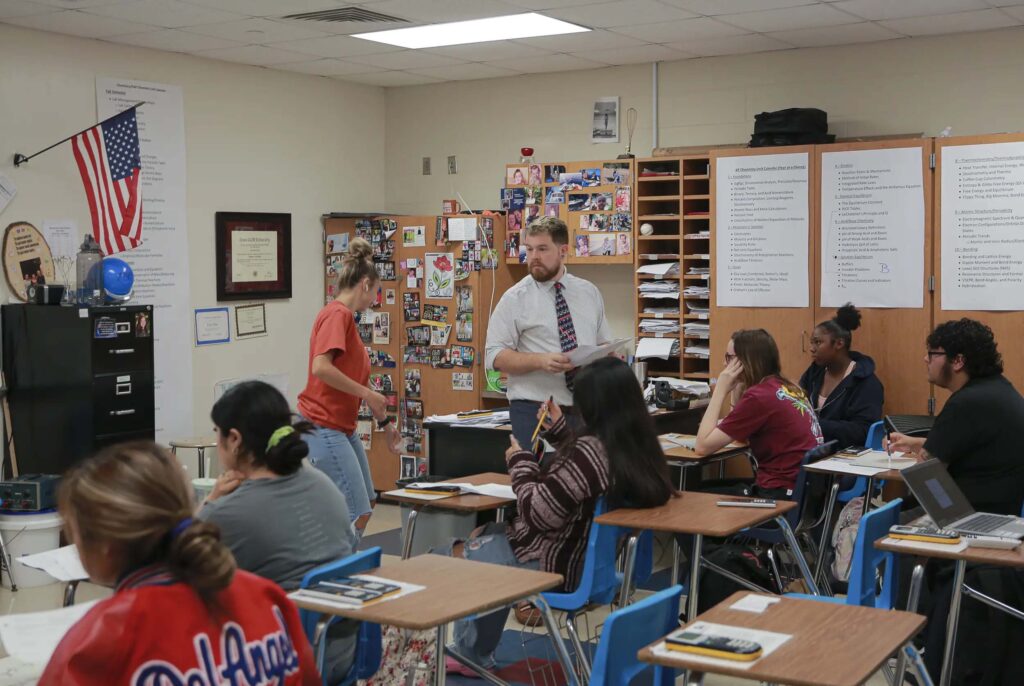
Scarborough said he would not have become a teacher if it weren’t for the free tuition and support that Brazosport ISD’s program offered.
Briana Vargas for The Texas Tribune
According to the National Center for Teacher Residencies, 86% of teachers who go through such programs are still teaching in the same school after three years of employment.
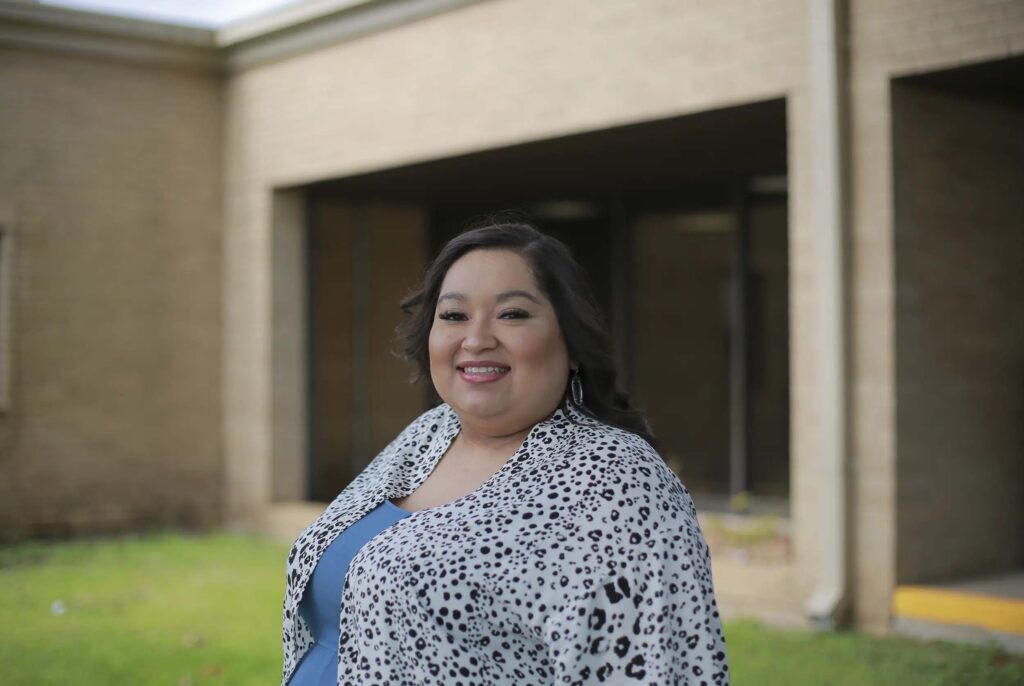
Before becoming a teacher apprentice at Brazosport ISD, Jennifer Martinez had been a teaching assistant at the district for five years.
Briana Vargas for The Texas Tribune
She knows being a teacher in Texas might mean being underpaid — and in some cases, underappreciated — but that didn’t stop her from pursuing a place in the profession. For her, knowing she can have an impact on kids makes up for everything else.


